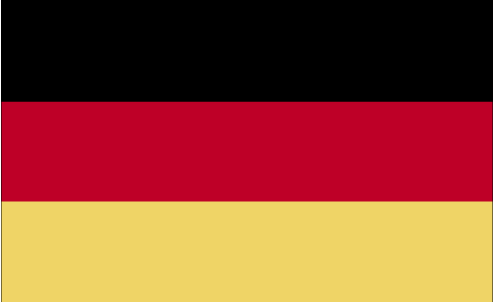Toad/Kröte Video
This movie is based on a co-operation between Prof.Dr. Jörg-Peter Ewert (author) and IWF Göttingen, Germany (producer). IWF-No: C 1805, Publication: 1993. Award 1994: “Accredited by the International Association for Media in Science (IAMS)”
[Institut für den Wissenschaftlichen Film IWF 1956-2001; IWF Wissen und Medien gGmbH 2001-2010, closed in December 31, 2010].
![]()
"Image Processing in the Visual System of the Common Toad: Behavior, Brain Function, Artificial Neuronal Net"
Abstract. Neuroethology and neuroinformatics are two corresponding disciplines. One topic of interdisciplinary research is visual pattern discrimination. Selecting visually guided prey-catching behavior in the common toad, this movie shows: 1) by which features of moving objects prey can be discriminated from non-prey; 2) how feature related information is processed in different brain regions in a parallel-interactive manner; 3) that the species-specific principle of feature assignment towards the categories “prey”/”predator” can be illustrated by means of a model of a neuronal circuit, in cartoon motion pictures; 4) how this model can be tested neurobiologically; 5) that feature discrimination can be modified by associative learning; 6) how brain structures involved in learning can be identified neurobiologically, which leads to an extension of the model of species-specific feature discrimination; 7) that some characteristics of feature discrimination can be simulated with the aid of an artificial neuronal net (ANN) and 8) that such an ANN can instruct a robot, for example, to sort objects moving on a conveyor belt.
Jörg-Peter Ewert & IWF: Visually guided prey-catching and threat-avoidance behaviors in toads and the underlying neurophysiological processes
If you click the URL, you’re directed to an internet TIB|AV-Portal, which allows you to watch—preferably on your notebook—three English versions of movies about the Visually guided prey-catching and threat-avoidance behaviors in toads and the underlying neurophysiological processes. Voice-over in all three movies is English.
http://dx.doi.org/10.3203/IWF/C-1805eng#t=00:00,00:25
The top weblink refers to the movie dealing with: Image processing in the toad’s visual system from behavior to brain function, which is simulated by an artificial neuronal net that advises a robot to select and pick out different objects moving on a conveyor belt.
http://dx.doi.org/10.3203/IWF/C-1430eng#t=01:14,02:02
The middle weblink refers to the movie dealing with: Species-specific prey-selection in the common toad with reference to the worm vs. anti-worm discrimination and its invariance under changes of other stimulus parameters, such as object motion, movement pattern, shift of retinal image (induced movement), direction of movement, background contrast and background texture.
http://dx.doi.org/10.3203/IWF/C-1431eng#t=00:01,00:18
The bottom weblink refers to the movie dealing with: Modification of species-specific prey selection in common toads by learning, such as visual/olfactory associative learning, visual/visual (hand-feeding) associative learning and non-associative learning (stimulus-specific habituation).

Zusammenfassung. Neuroethologie und Neuroinformatik sind zwei miteinander korrespondierende Disziplinen. Ein interdisziplinäres Thema ist Bildverarbeitung. Am Beispiel des visuell gesteuerten Beutefangverhaltens der Erdkröte zeigt der Film: 1) an welchen Form/Gestalt-Merkmalen bewegter Objekte Beute von Nicht-Beute unterschieden werden; 2) wie merkmalsbezogene Information in verschiedenen Hirnbereichen parallel-interaktiv verarbeitet wird; 3) dass die spezies-spezifische Zuordnung von verschiedenen Merkmalen zu den Kategorien „Beute“/ „Feind“ anhand des Modells einer Neuronenschaltung in Trickfilmszenen veranschaulicht werden kann; 4) auf welche Weise sich dieses Modell neurobiologisch testen lässt; 5) dass Merkmalsunterscheidung durch assoziatives Lernen modifizierbar ist; 6) mit welchen neurobiologischen Methoden für Lernprozesse verantwortliche Hirnstrukturen aufgespürt werden können, was zur Erweiterung des Modells der spezies-spezifischen Merkmalsunterscheidung führt; 7) dass sich gewisse Charakteristika der Merkmalsunterscheidung mit Hilfe eines künstlichen neuronalen Netzes (KNN) simulieren lassen und, 8) dass ein solches KNN einen Roboter steuern kann, fließbandbewegte Objekte zu sortieren.